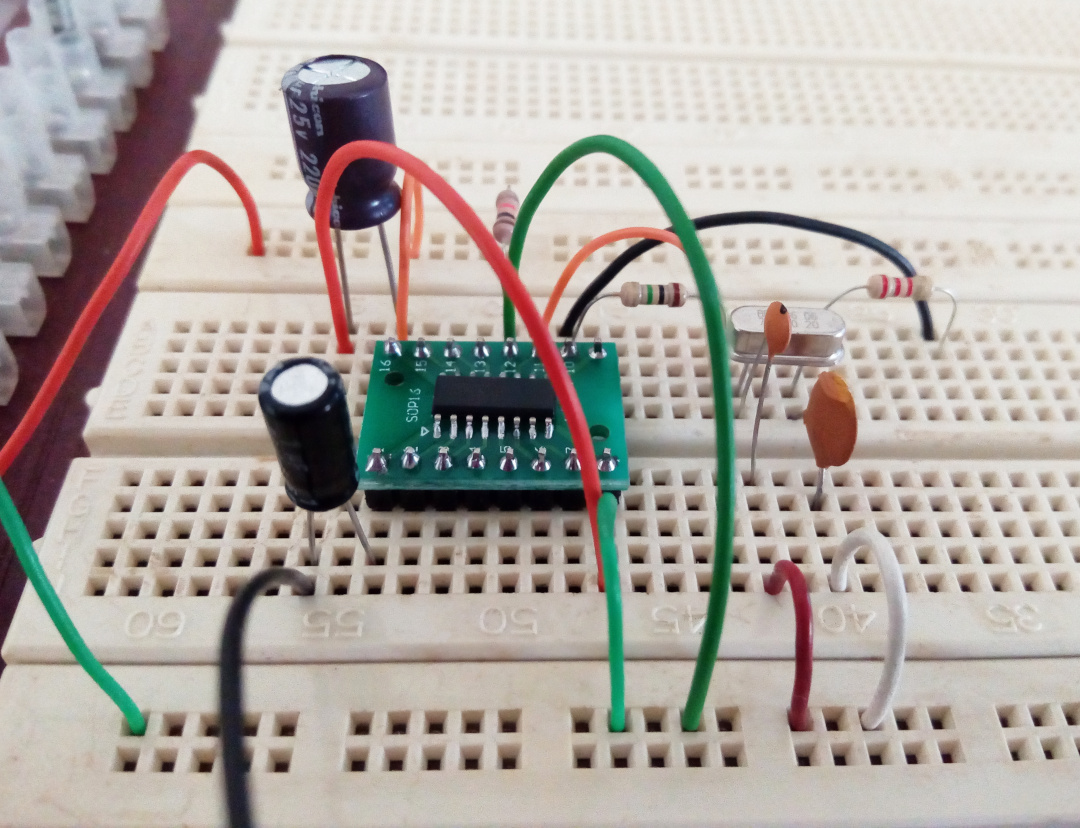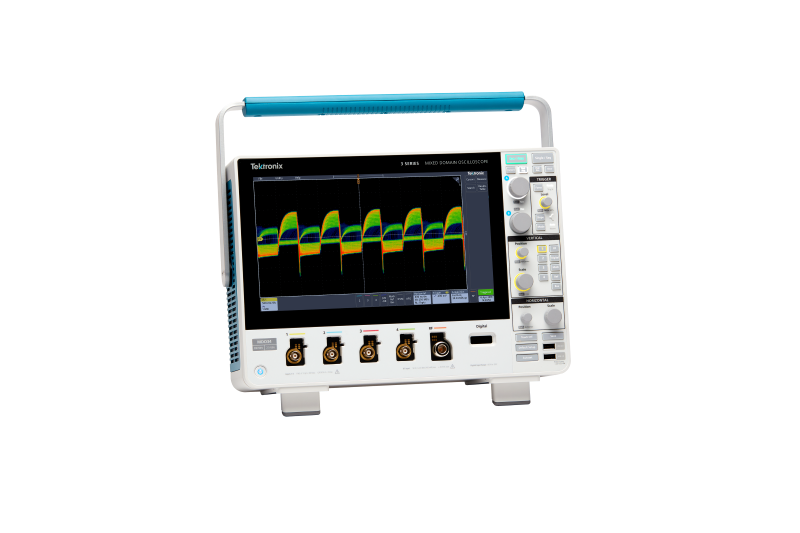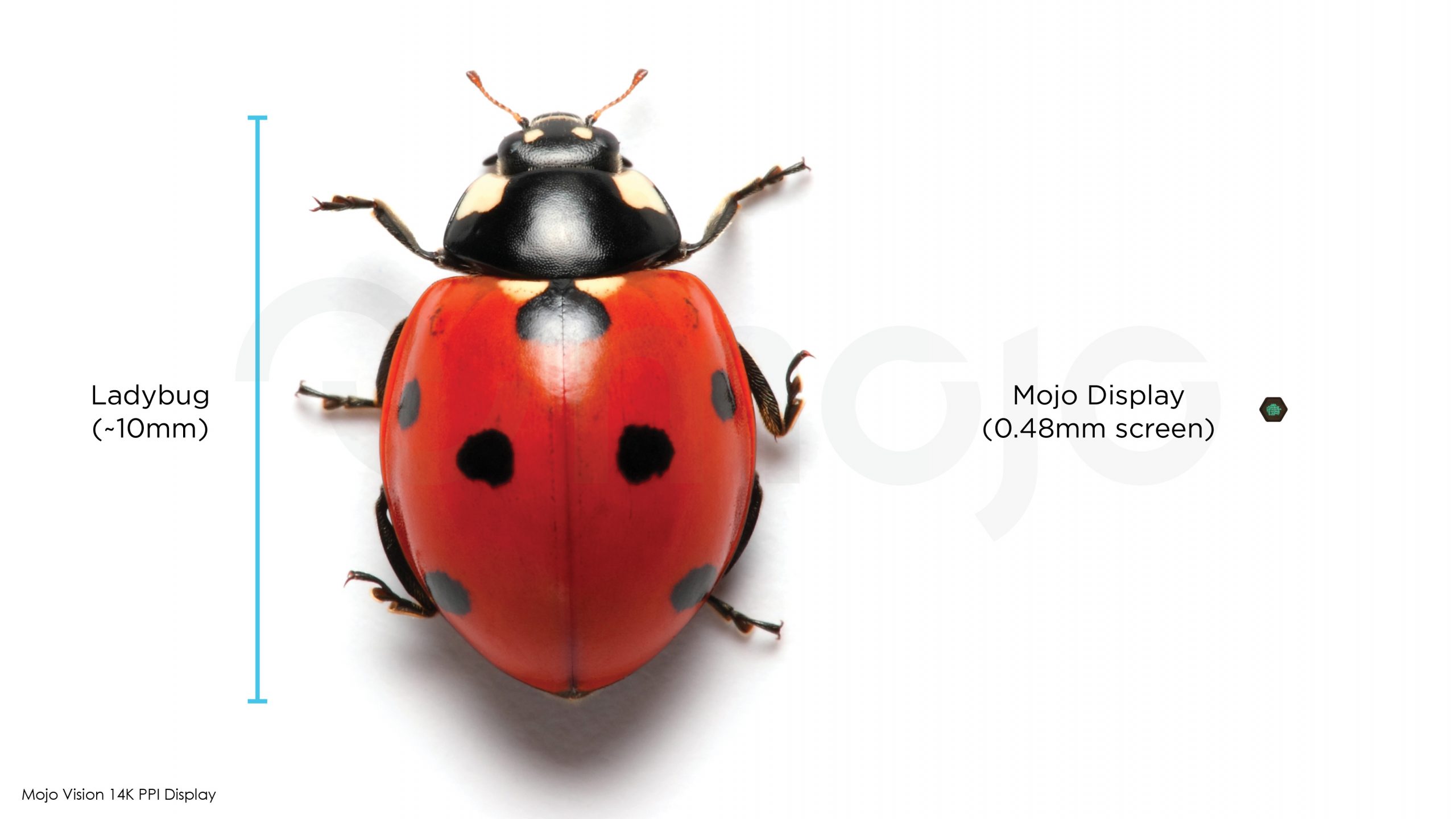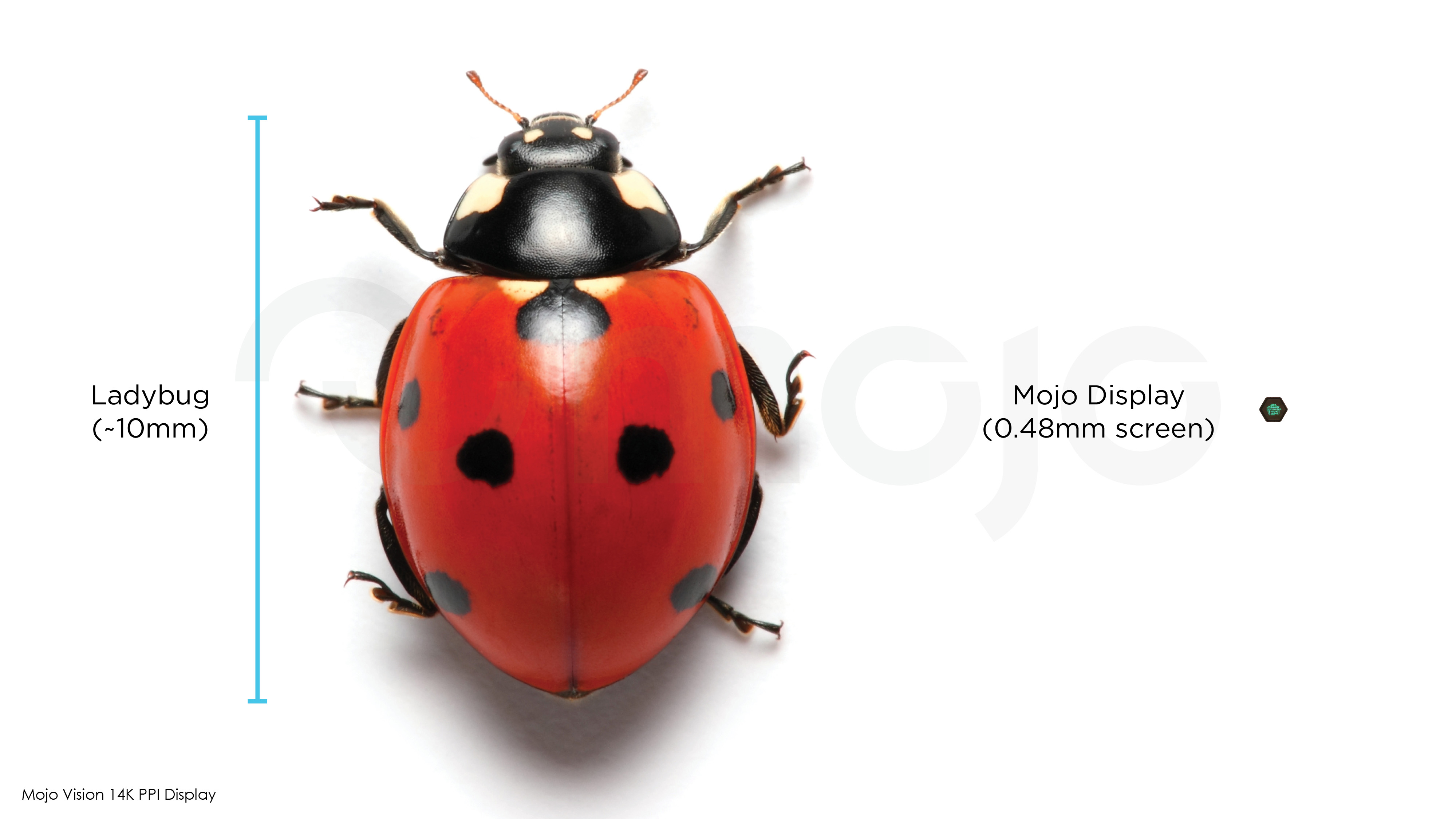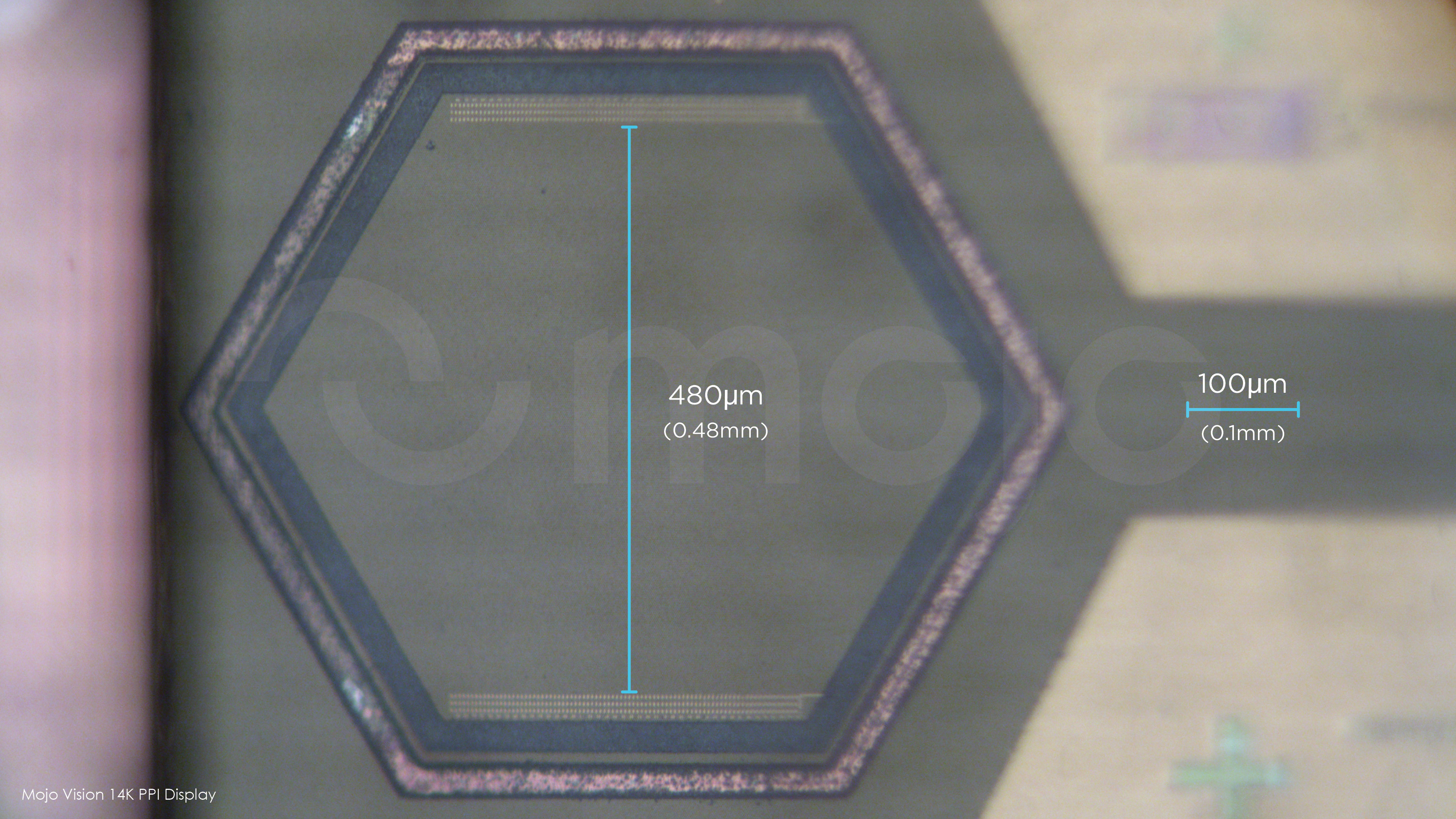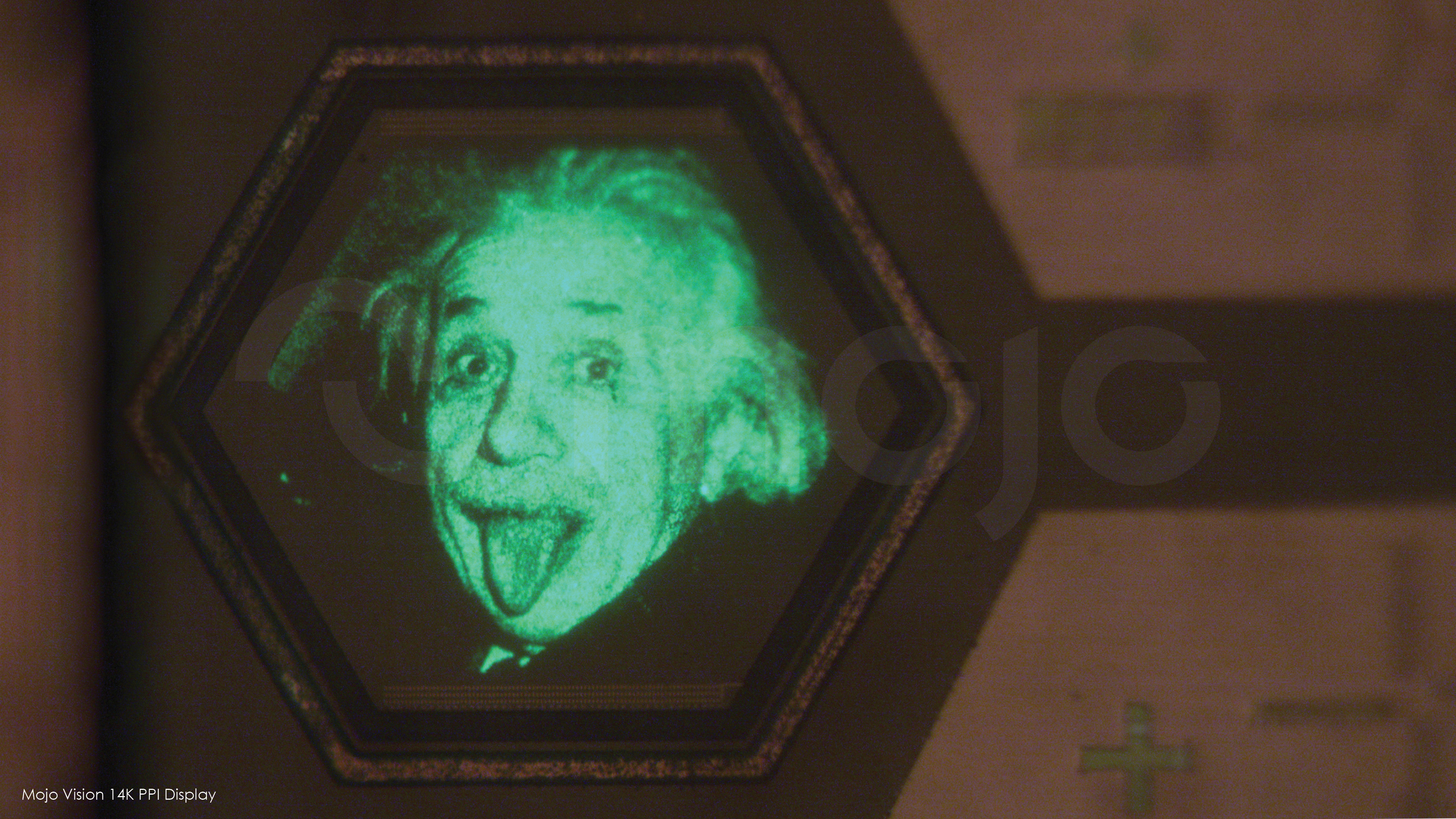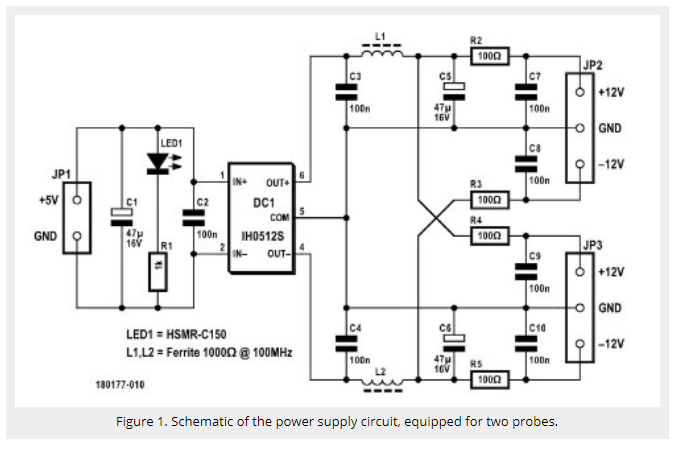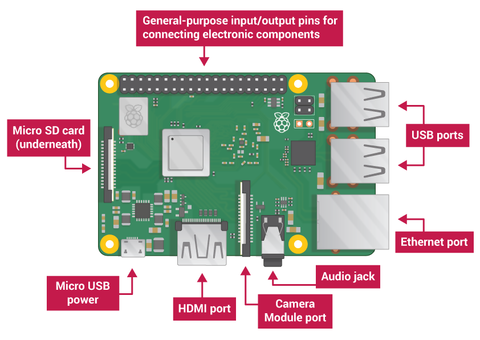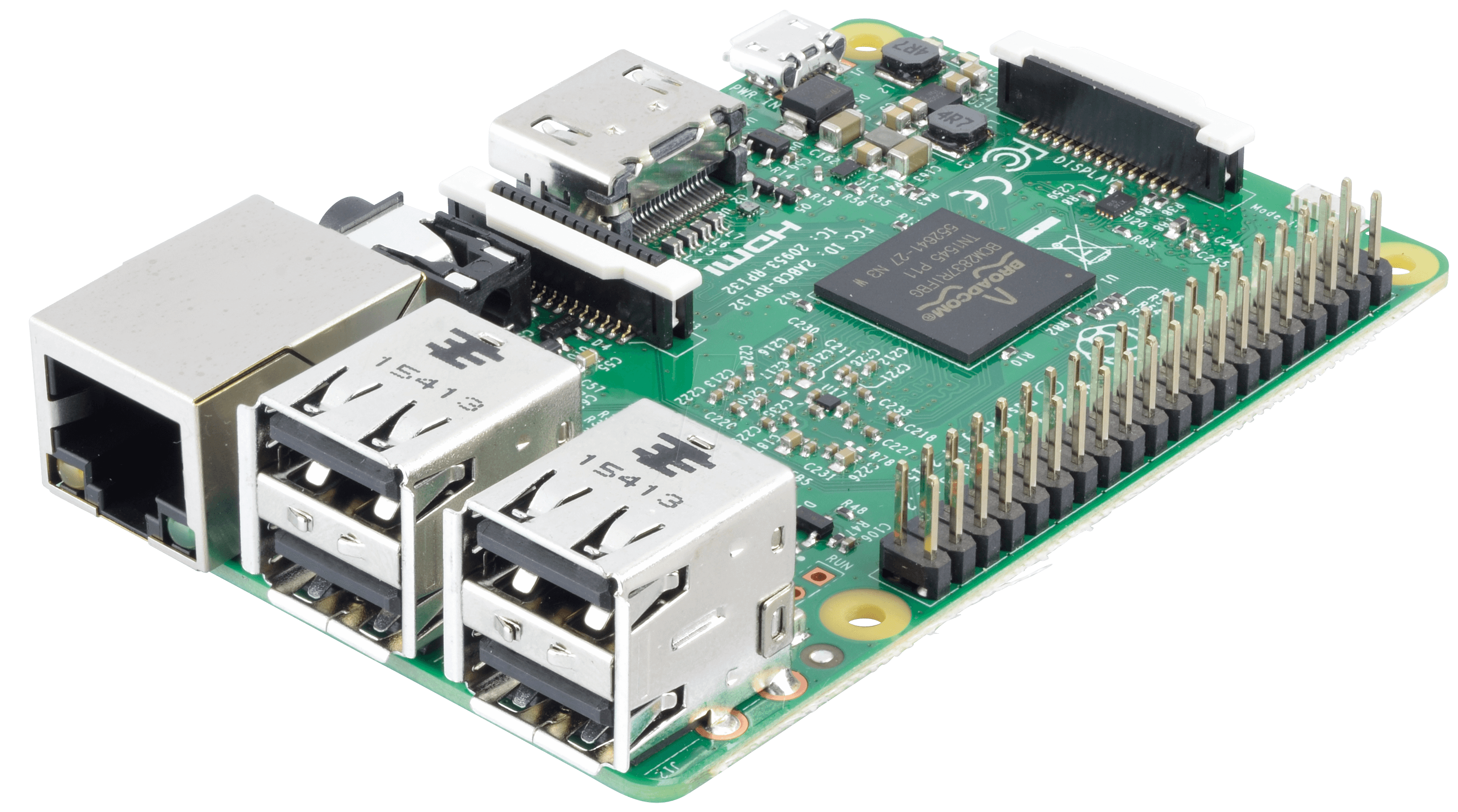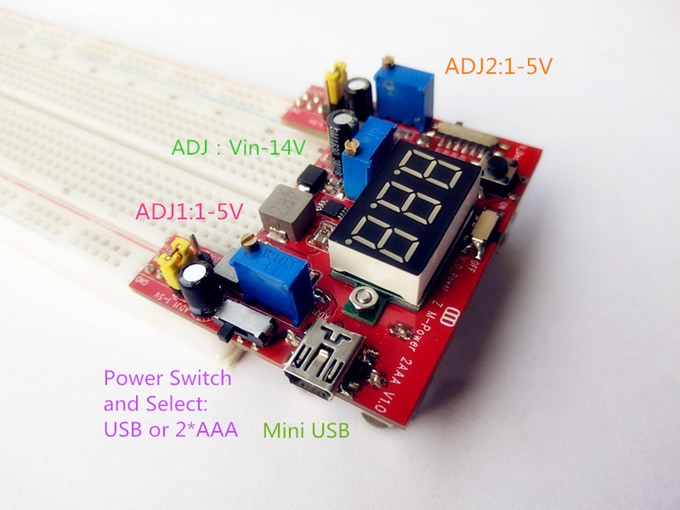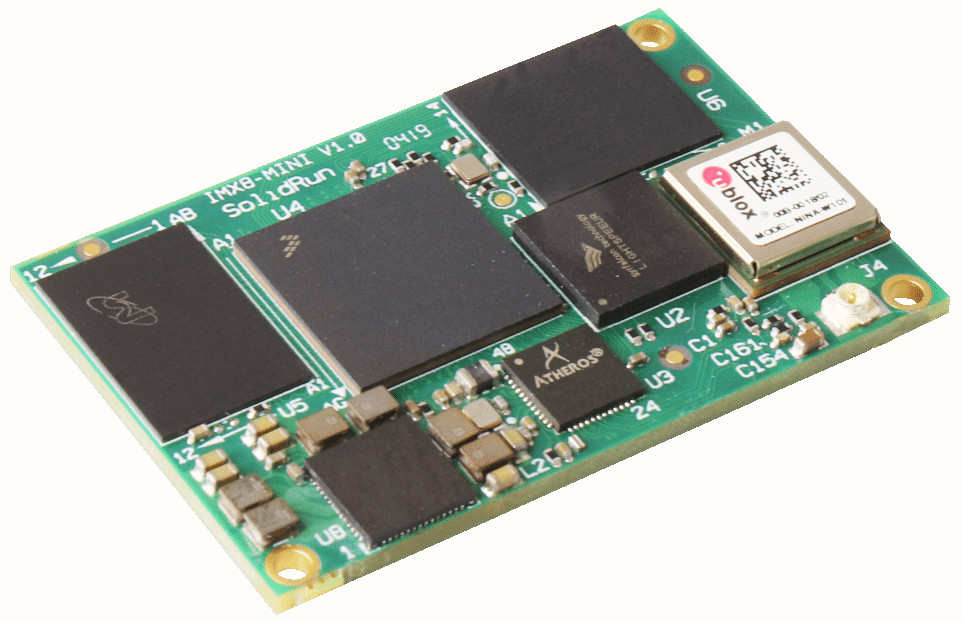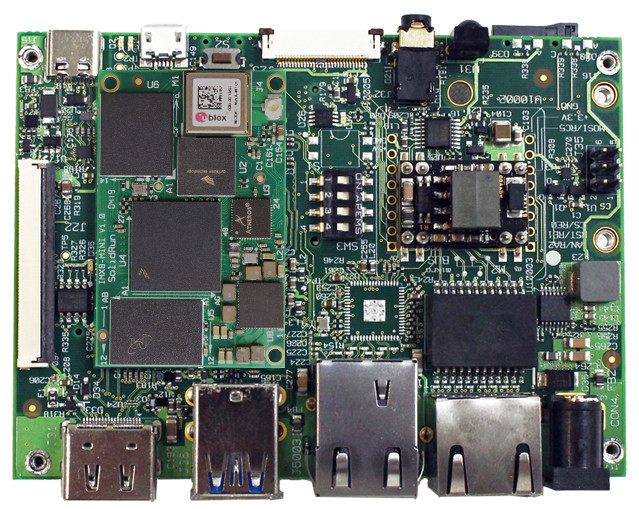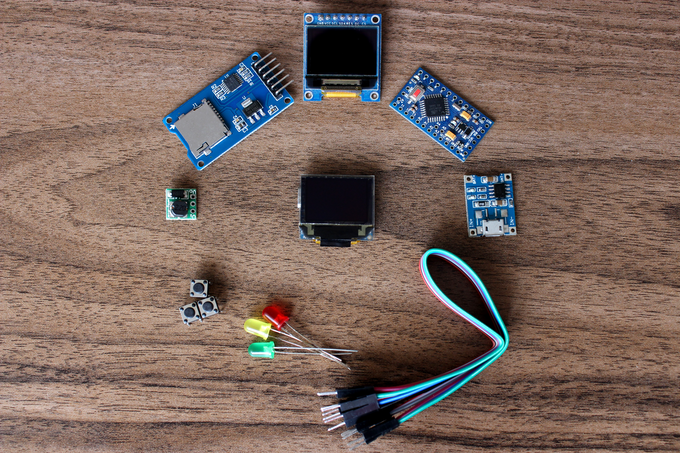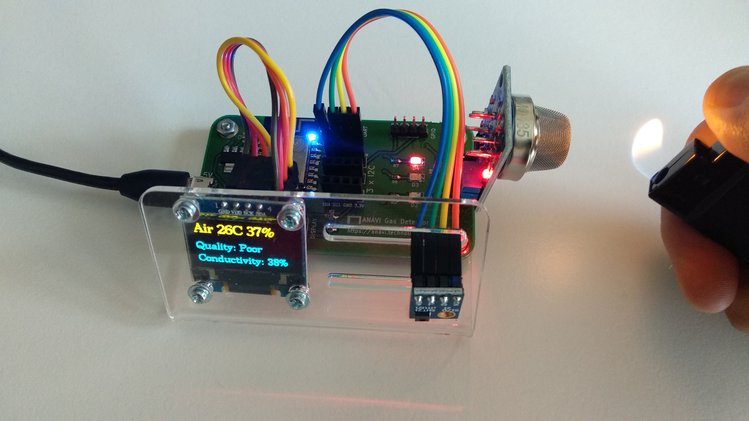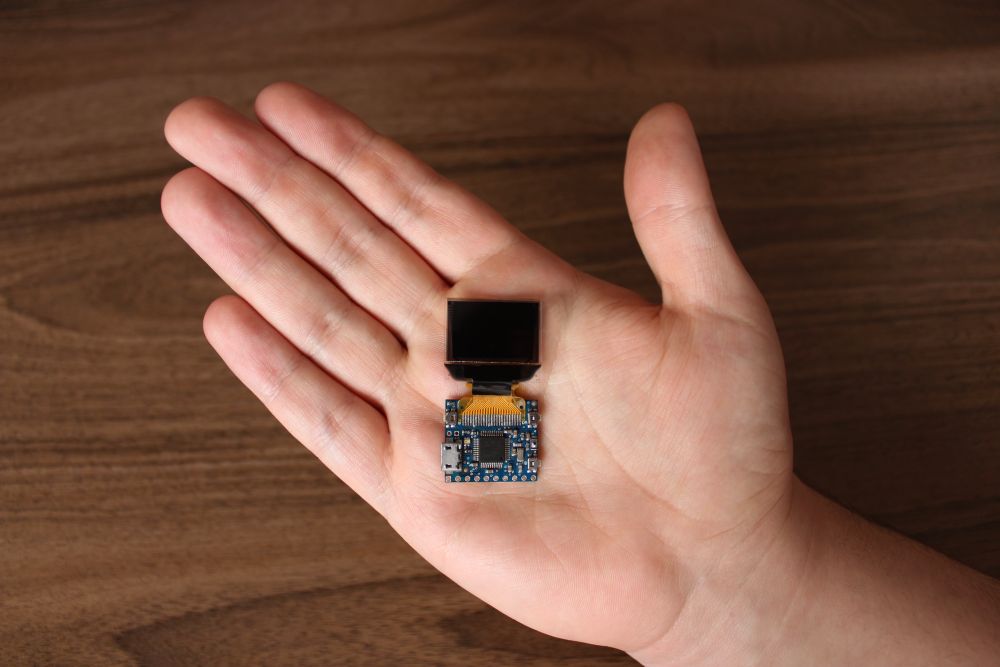
Arduino lovers looking for a tiny development board and Arduino compatible multitool, may look no further, because a new tiny board is being developed. Engineers at Zepsch based in Ludwigsburg Germany, have developed the PocketScreen, a small form Arduino compatible multi purpose device.
PocketScreen springs from a Kickstarter funding campaign. Last year, Zepsch ran a crowdfunding campaign for PocketStar, a keychain sized retro gaming device built off of the Arduino platform. The PocketScreen’s most pronounced feature is the combination of microcontroller, color OLED screen, micro SD card reader, hotkey buttons, RGB status light, and charging module. The system footprint is half of the previous PocketStar, with only the vibration motor and three buttons absent.
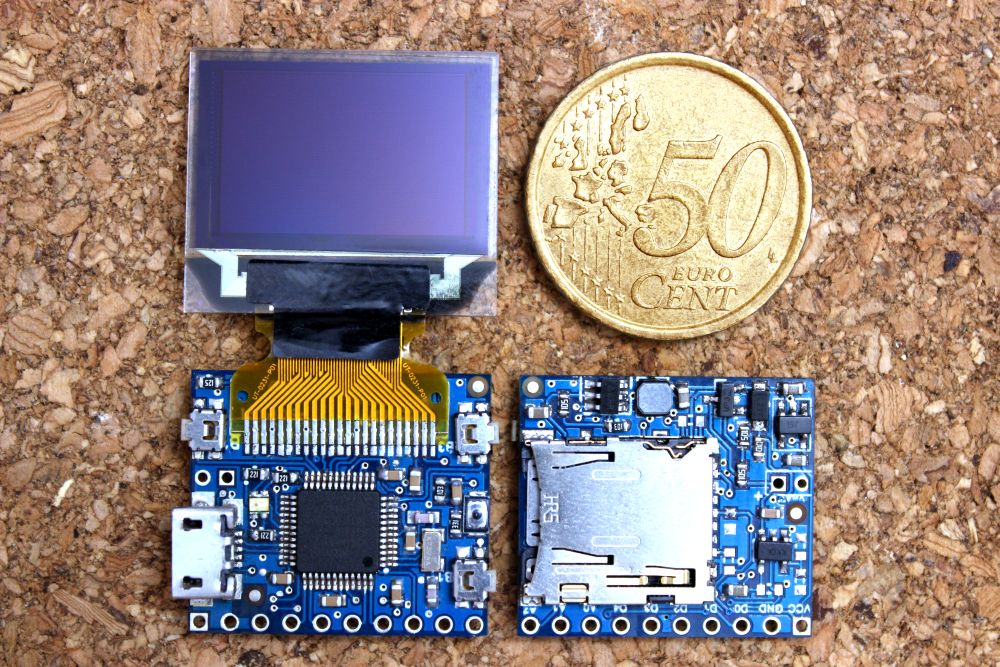
The photos on the campaign page shows all of the components that the PocketScreen can replace, and a breadboard full of wires and pieces that can be replaced by the ‘star’ unit. The chip has a slim 22 x 25 x 5 millimeter footprint, about the size of a 50 cent coin piece when the board is folded behind the screen. The core of the system is the ATSAMD21G18A microcontroller, capable of displaying graphics at more than 30 frames per second. The product page has a demonstration video that shows a unit plugged into microUSB for receiving power, and then loading and playing a video when the microSD card is inserted and a button is pressed. Available also are analog and five digital pins which enables extra functions to the PocketScreen. The campaign page provides suggestions for end uses, like keychains and pocket watches.
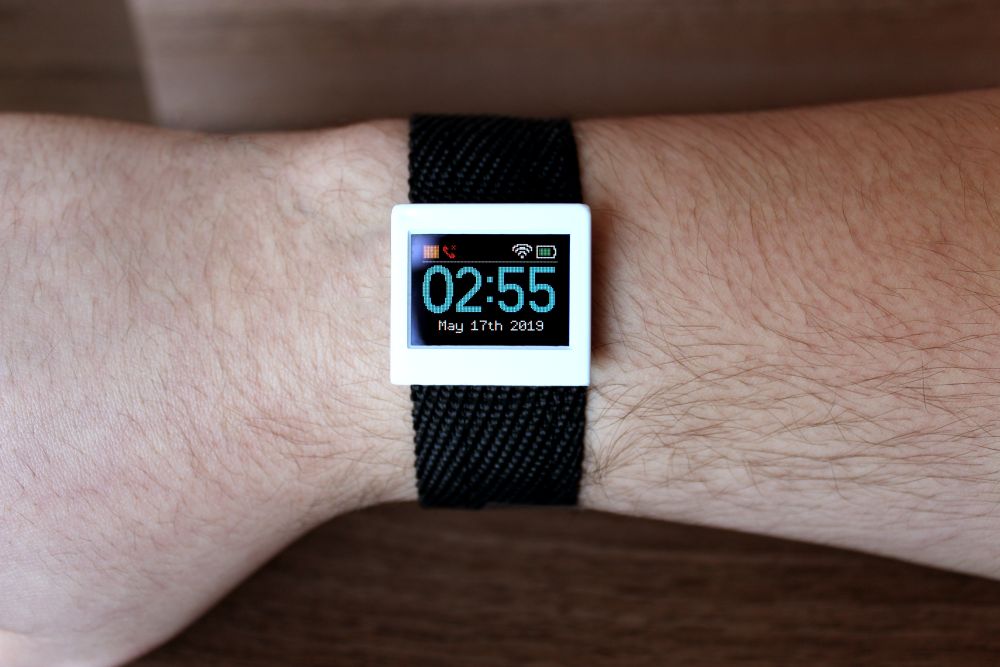
The PocketScreen is noteworthy of not just its small design, but also how many features it has. The group maintains an active online community, and a library of pre-programmed files on its website. The device offers enough power to display 3D graphics and videos on the screen at over 30fps. The campaign for the PocketScreen is already successful and ends on June 18, 2019, with shipping expected to start sometime around August 2019. If it reaches the €20,000 ($22,370 USD) stretch goal, a wireless ESP8266EX WiFi chip will be included, paving the way for more possibilities for the PocketScreen.
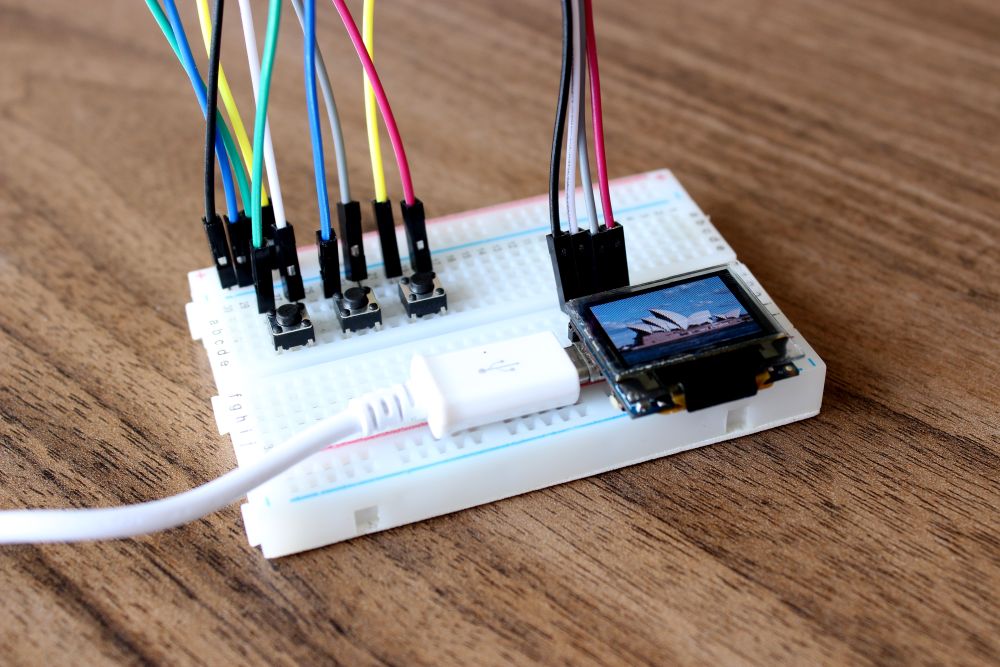
For full specifications and a complete list of all available pledge options, stretch goals and possible applications, visit Kickstarter project.

